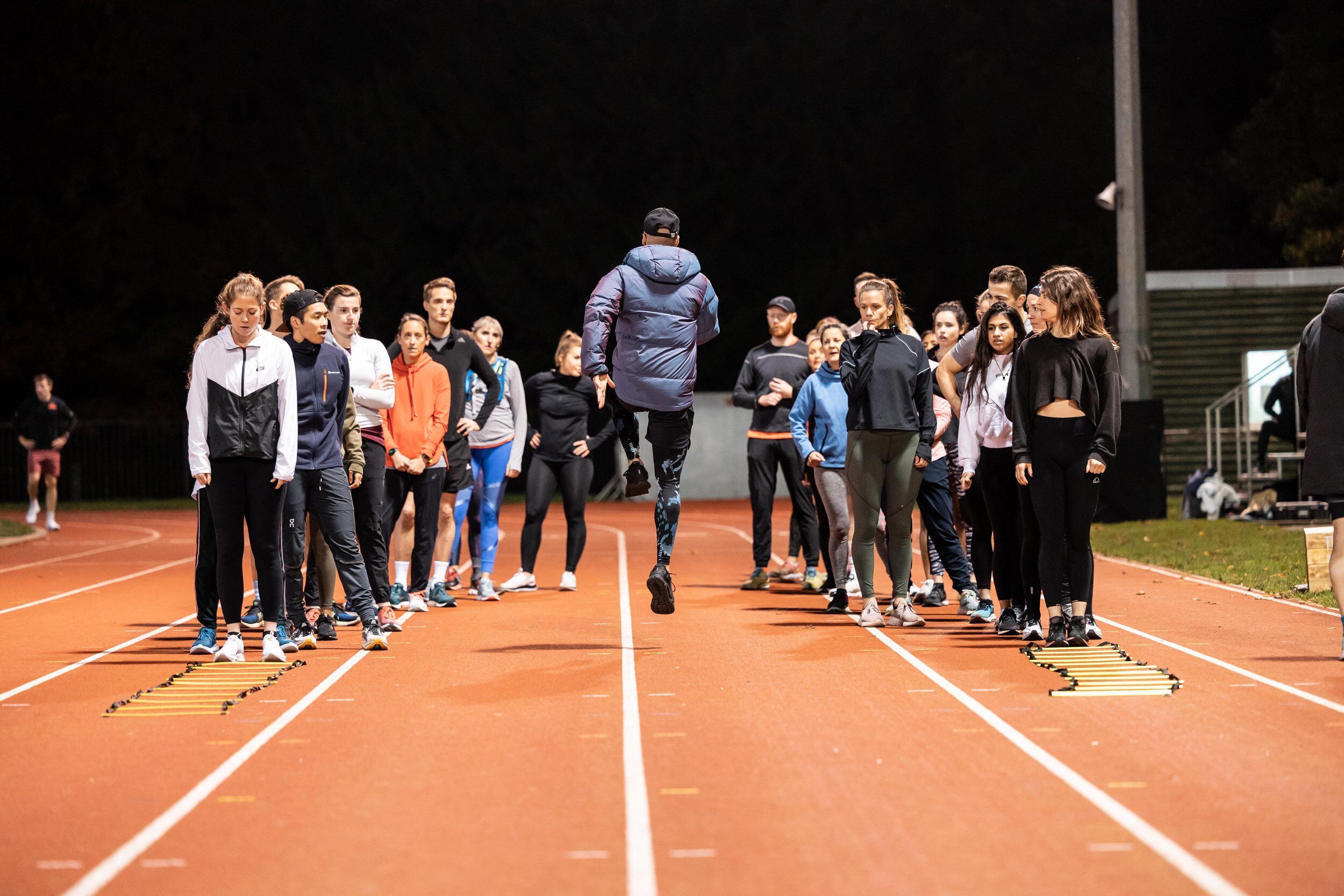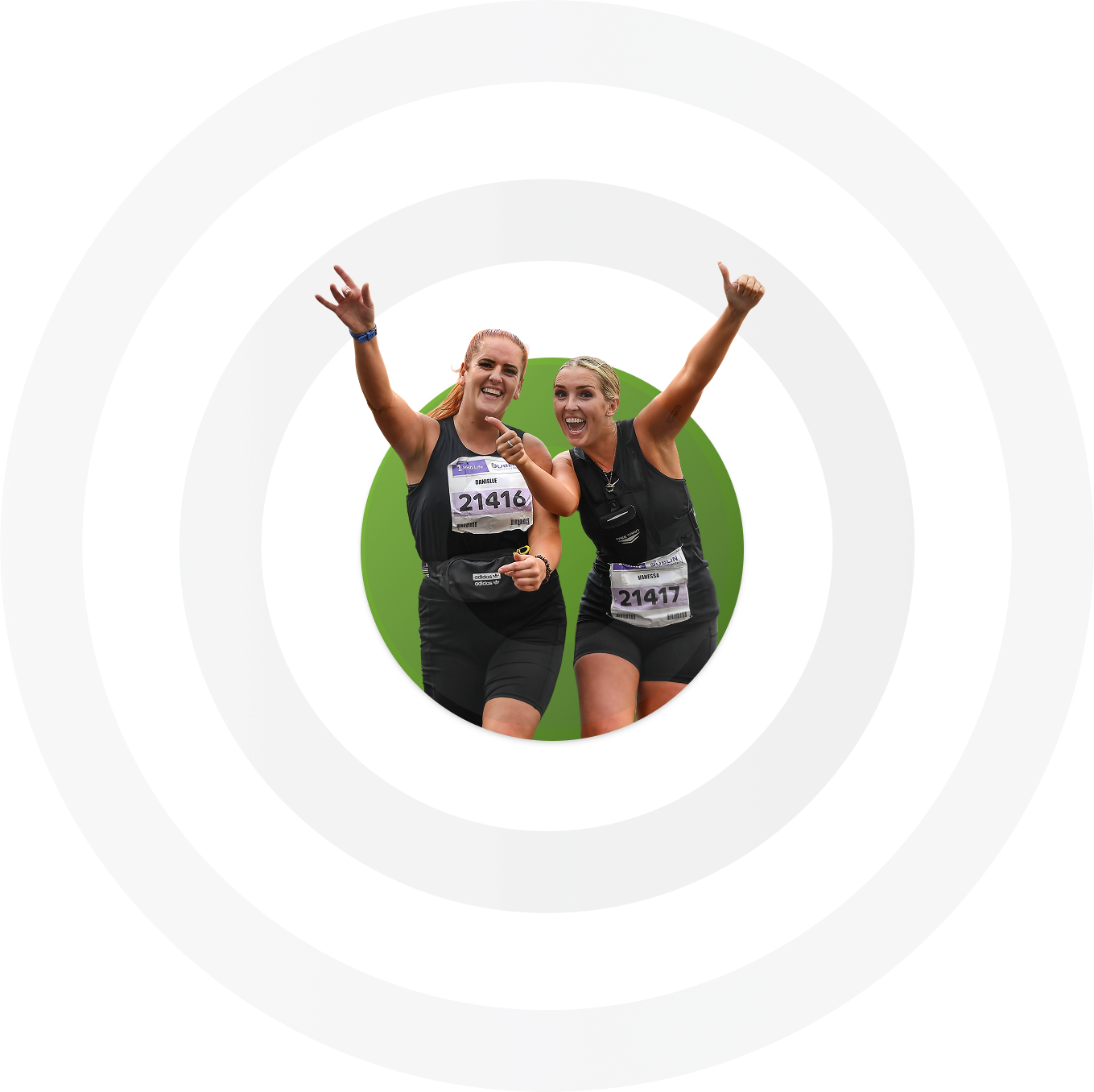Running is a simple sport and requires very little specialist kit. That said, there are still some performance and comfort benefits in buying the right gear.
The most technical and most important purchase will be your running shoes. These are dealt with in another article; the purpose of this article is to advise you on what kit you need when starting out so that you maximise your comfort and potential.
While you may be able to start off running in ordinary non-running-specific gear, the likes of beach shorts and football shirts are not really designed for the demands of running anything other than short distances. They will often flap around unnecessarily, leaving you with chafed skin and be generally uncomfortable. Instead, choose running-specific items of kit.
Here are the basic items of kit you’ll be needing if you want to take your running more seriously:
Running socks
The importance of good running socks cannot be stressed enough. Your feet will thank you for it. Buy some decent running socks that are seamless and have been designed to wick away moisture and sweat from the foot. These can help massively in reducing friction and with the prevention of blisters.
Look for socks with more padding in certain areas to aid the shoes in cushioning. Some socks are designed to be left and right specific, so look out for these and wear them on the correct feet!
Running shorts
Running shorts should be comfortable, lightweight and have the ability to wick away sweat when you train. Most running shorts come with a pant liner so you don’t have to wear anything else with them. Try them on first, as some of the inners can be a little restrictive and chafe if you don’t get the right size.
Most shorts come with elastic waist bands, but it is worth paying a little extra to get a drawstring as well, so you can tie the shorts to your specification. Elastic-only shorts often move down a little, especially in wet conditions. Your shorts shouldn’t be so tight that they cut off circulation round your waist but not so loose that they flap around all the time either. Ideally buy some shorts that have a small zipped pocket where you can safely store a key or even emergency cash.
Running tights
When the weather gets cold it is advisable to wear tights to keep your legs warmer and thus reduce the chance of injury. Running tights can be custom fit to hug the legs more efficiently and stop the wind and rain penetrating to the leg itself. This helps to reduce injuries from cold muscles and also means that you can enjoy your running more even when the weather is far from ideal.
Tights should be snug fitting and comfortable. It is important to try them on before you buy because many manufacturers have different cuts to suit different styles of runner. Generally the more expensive the tight, then the more comfortable they will be, and the better at keeping you cool in summer and warm in winter.
Running tops
Short and long sleeve tops have improved considerably so that you would be unwise to choose to run in an ordinary cotton top, which rapidly absorbs sweat or rain. Loose cotton garments can chafe under the arms and rub the nipples.You can wear any cotton garments when you’re warming up or after your run, but don't run in them.
The mid to top range performance tops all generally wick away sweat to keep you cooler and allow greater air circulation through the fabric. They feel very light-weight but have the properties to keep you warm or cool depending on conditions.
Running tops should be reasonably tight but not necessarily figure-hugging and likewise they shouldn’t flap around when you run in them. It is a fine balance between well fitted and slightly baggy you should aim for. With long sleeve jerseys, you should aim to get ones with cuffed sleeves so they stay down around your wrists.If there are no cuffs, then the sleeves often ride up your arms when you run, and this can be both annoying and cold.
Running gloves
Because running causes large volumes of blood to be diverted from the extremities (fingers and hands) to the working muscles (legs), the hands can get very cold, hence the need for gloves. Gloves should be lightweight and comfortable. Only in extreme weather will you need to wear thick running gloves and more often than not you will heat up enough to be okay in the normal thin type.
Woollen gloves are the norm because they are cheap, but they don’t offer the same waterproof and windstopper capabilities of other fabrics. Woollen gloves will be fine for most runners but if you are venturing out into cold or wet climates, it is worth investing in a decent waterproof/windproof pair. Running with cold hands can ruin the experience for you, so choose carefully when you buy.
Running hat
In cold conditions, up to 30 per cent of your body heat can be lost through your head, hence the importance of a hat. Hats are similar to gloves in that woollen ones are often the norm because they are easy to get hold of and cheap. More expensive hats offer wind or waterproof protection.
Caps offer greater protection from the rain, snow and sun but often they can get blown off in windy conditions, and they don’t offer the same warmth capabilities as woollen or high-tech fabrics. In addition, caps are better for runners who wear glasses because they help shelter the glasses from rain or snow.
Running jacket or gilet
When the weather gets really cold or wet it is advisable to run in a gilet or a long sleeve waterproof top. The top range options offer excellent wind-stopping and rain-resistance capabilities and can keep you warm and dry throughout the worst of most runs. Cheaper versions will be fine for most running conditions but they will sacrifice certain aspects like not being 100 per cent waterproof or windproof.
A good sports bra
A good sports bra can reduce unwanted and uncomfortable movement of the bust which is important if you want to avoid stretching the supporting ligaments irreversibly. Expect to pay more for a good sports bra than a standard one. Get along to a store where you can be properly measured and fitted for your sports bra.
Be visible
It’s always worth taking into consideration when buying your kit the need to be visible. Many items of clothing have reflective strips or are considered high-viz, enabling you to be seen when out running in the dark. Alternatively, wear a fluorescent bib so that motorists can easily spot you.
Don’t ruin your kit in the wash
As a final piece of advice, always follow the manufacturer’s washing/drying instructions. After paying out for good kit, the last thing you want to do is wreck it the first time you wash it. Some fabrics are specially treated with water-repellent coatings or equivalent and need to be washed or dried carefully so as not to ruin them, or even worse, shrink them.
Buying a few specialist items of running kit doesn't have to cost a small fortune. However, good quality running-specific garments will not only last and therefore be a good investment, but will also enhance your running enjoyment. By being prepared for cooler conditions enables you to stay warm, dry and enjoy the run more. In warmer climates the performance fabrics enable you to train harder by staying cooler and drier. With the right kit you now can’t blame the weather for not training.

.png)
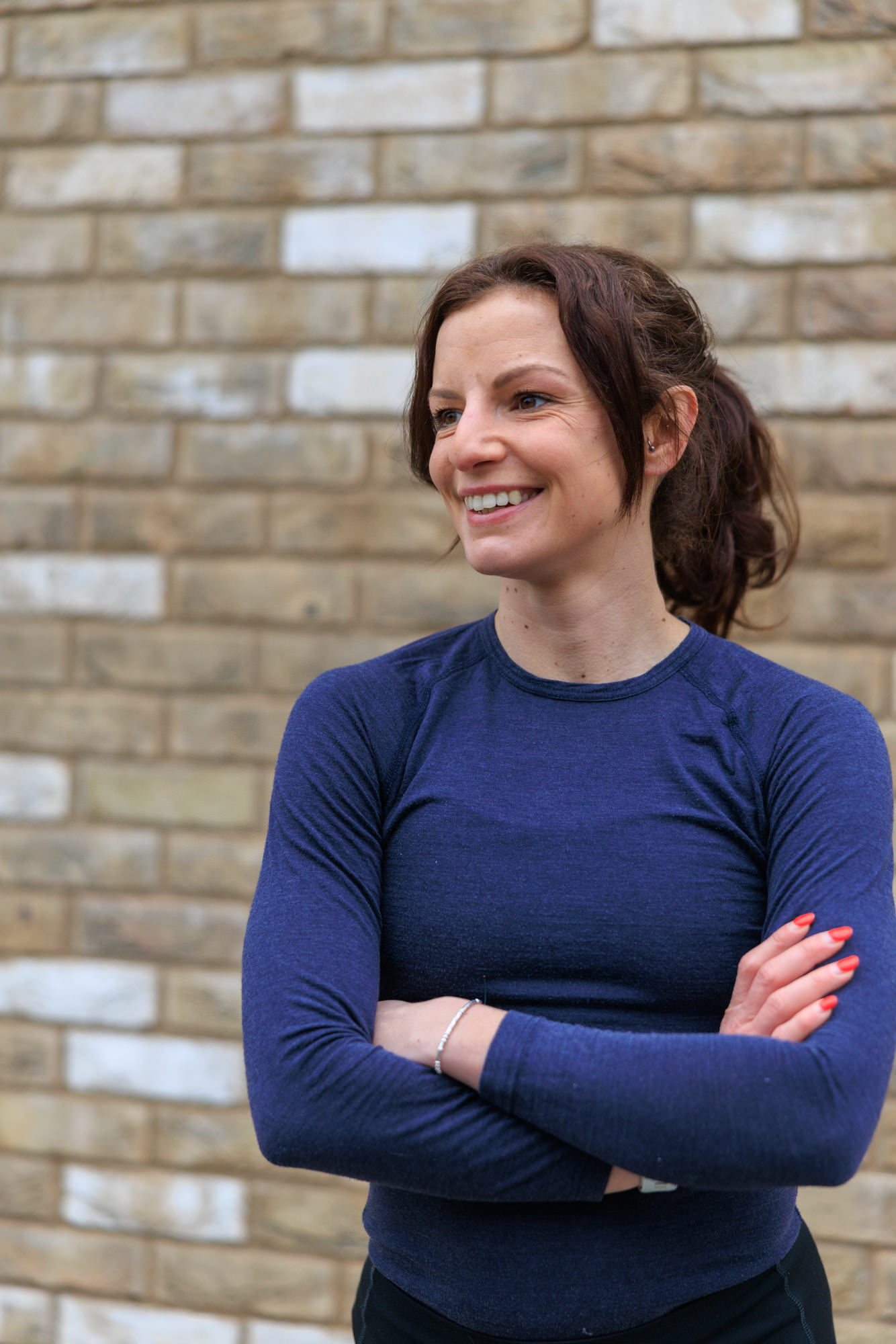
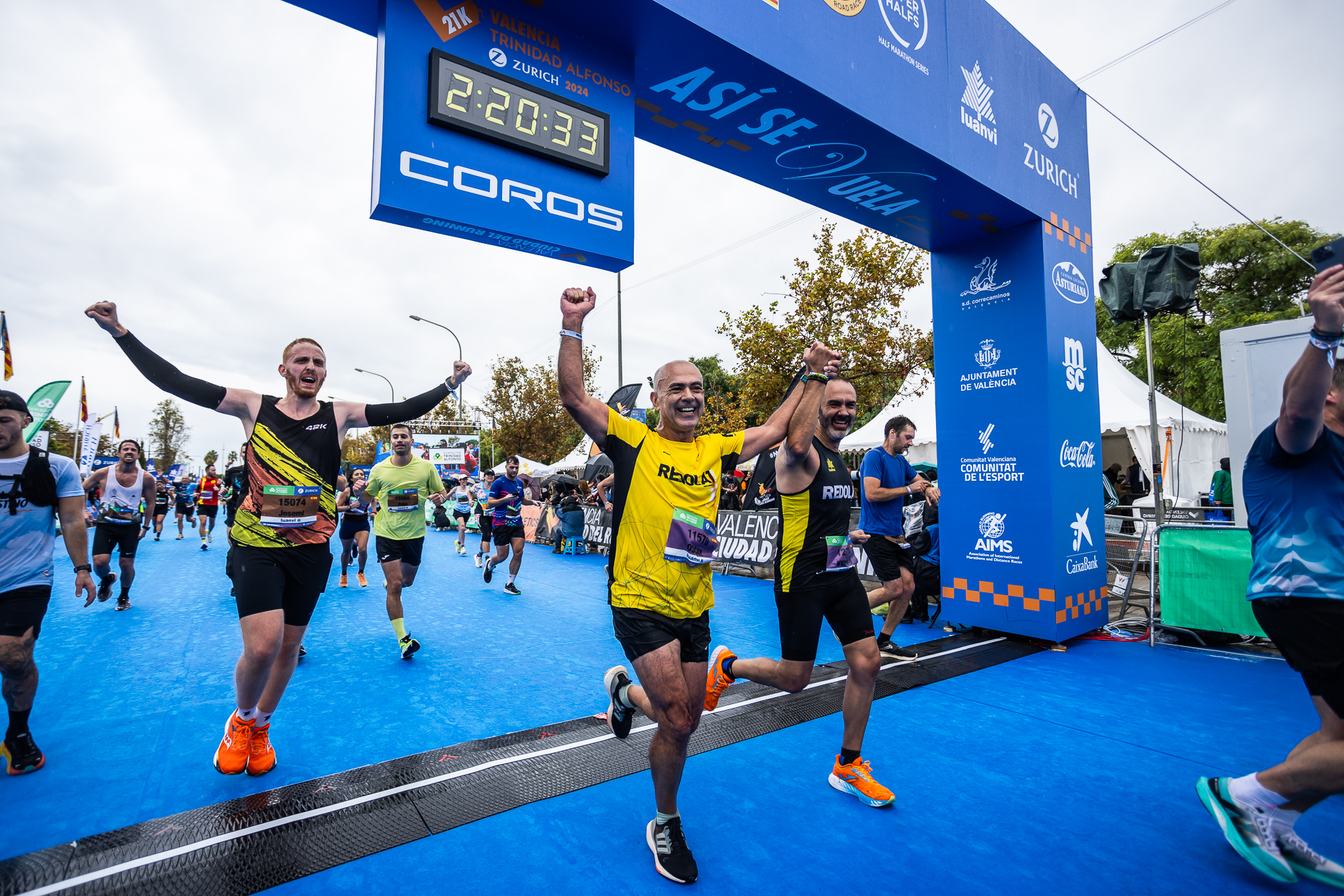
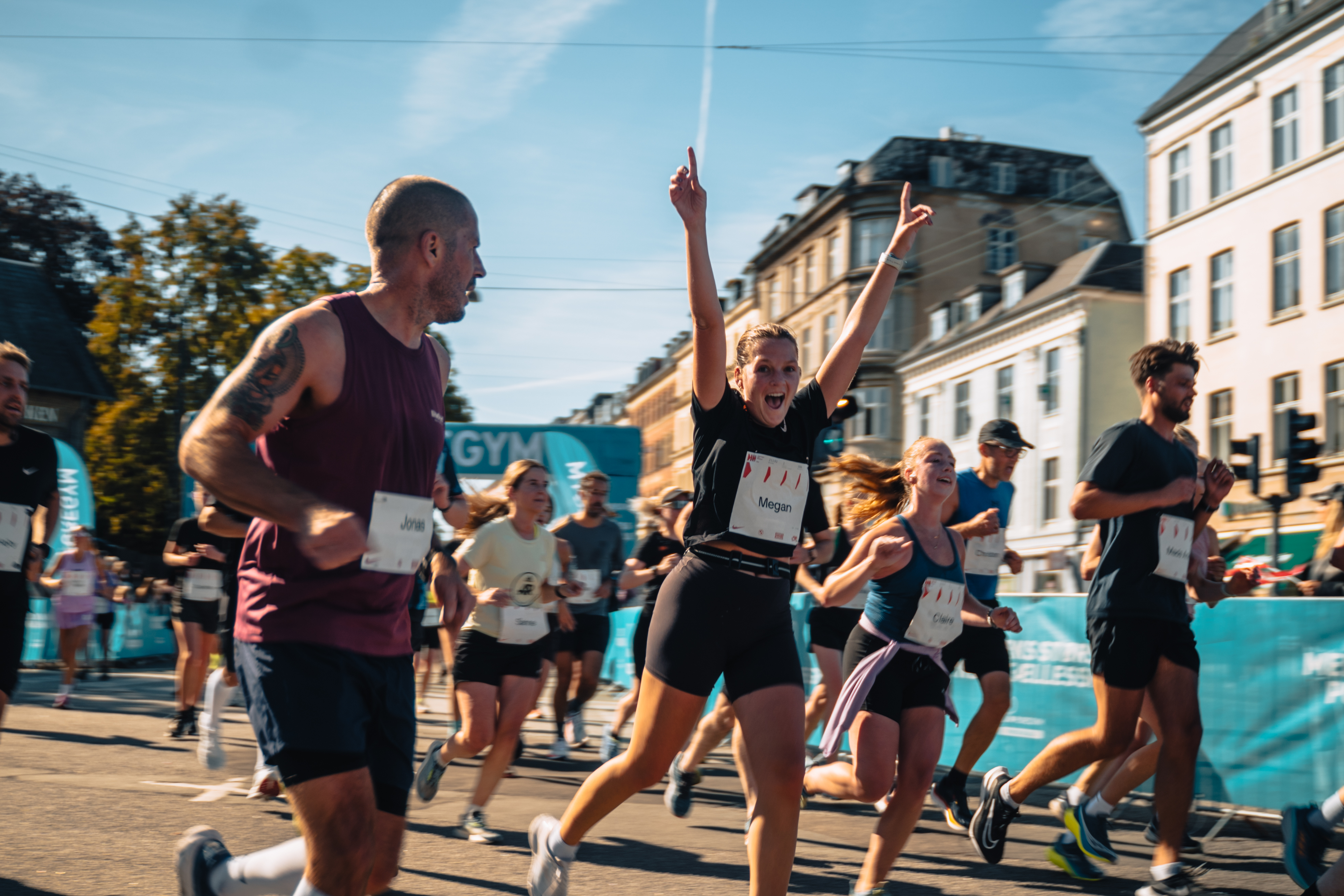

-min.jpg)
